Foursquare ITP transportation planners Jamie Roberts and Finn Vigeland both visited Mexico City in the last six months. As urbanists are wont to do, they sat down to discuss what they loved about the city’s transit, infrastructure, and design, and what aspects of each they most want US cities to adopt.
FV: Jamie, I’m so excited to trade notes on our Mexico trips. My camera roll is overwhelmed by all the photos of crosswalks and bike lanes I took.
JR: Same! We should preface this by noting that you and I both stayed in La Condesa, which is just one neighborhood of this expansive city. I saw Condesa and the immediate 10-mile radius, but there’s so much more.
FV: Right! We’re just here to share our empirical observations as tourists—we’re hardly experts here. And yet, being a tourist is one of the best ways experience a city’s vibrant street life, street design, and transport network. Let’s start with the OG transportation mode: walking. How did you feel as a pedestrian?
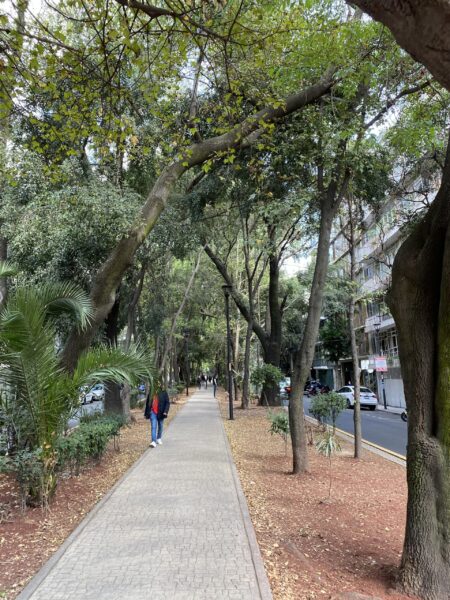
JR: The pedestrian experience in La Condesa was like no other I have experienced. Safety seemed to be paramount here–bump-outs at almost all intersections, protected sidewalks, culturally rich crosswalks, and even crosswalk warnings in pavement lights.
FV: This is an extraordinary city to walk in. One, you’ve got the incredible colonial architecture and the homes painted in rich colors. But also, I became cognizant of how many more people I saw savoring the very experience of being outside. There’s an abundance of benches and outdoor seating, as well as bounteous tree cover.
JR: I once saw a couple taking selfies in a median in Alexandria, and I immediately thought that they must be drunk, because that was such an off place for a picture. Medians in most American cities are not picturesque backdrops, merely traffic-calming measures that we modestly adorn with low-maintenance plants and grasses. However, in La Condesa, the medians are marvelous places for portraits. My favorite streets to walk down were Calle Ámsterdam and Avenida Mazatlan. These streets are lined with restaurants, shops, and apartments, and strung together with tree-canopy rich medians.
FV: You can tell just how much Mexico City respects pedestrians not only by those winding medians, like you said, but also by the charming crosswalk art reminding drivers to yield to people (and dogs!).
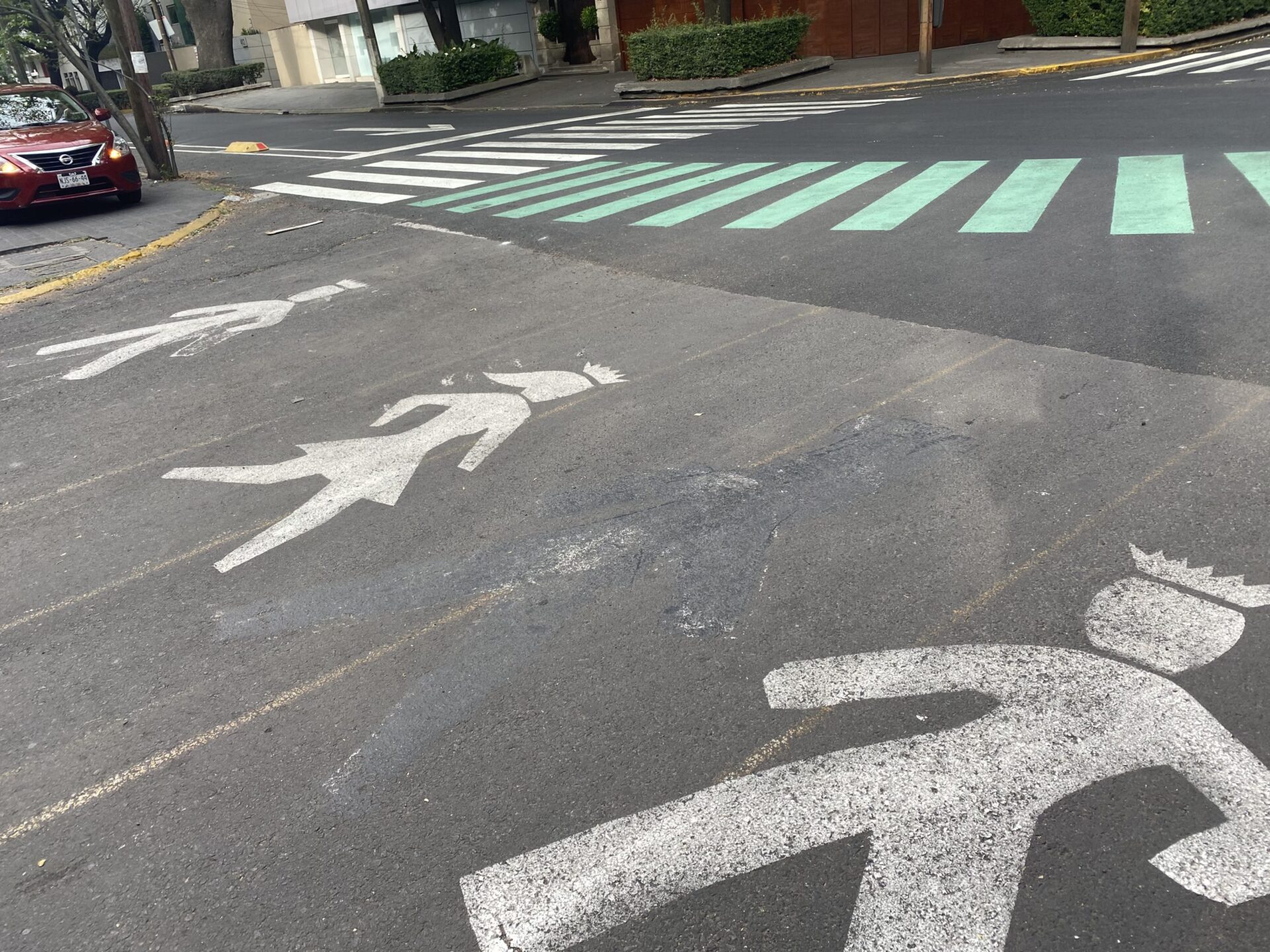
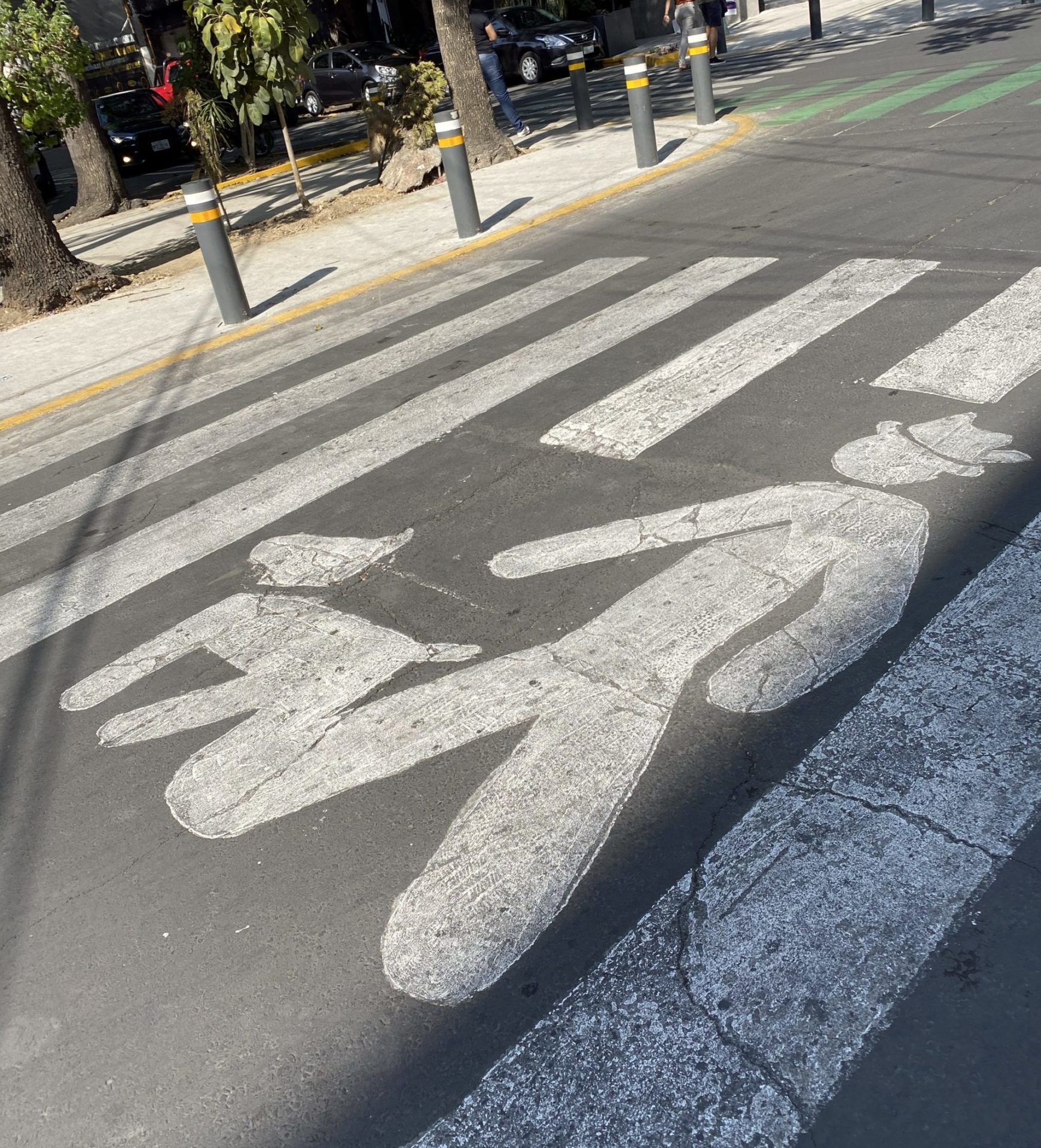
JR: Even in areas that revealed some of Mexico City’s poverty and inequality, I found the pedestrian experience to be safe and enjoyable. Regardless of where I was, the streets were lined with people selling something–goods, food, and ideas.
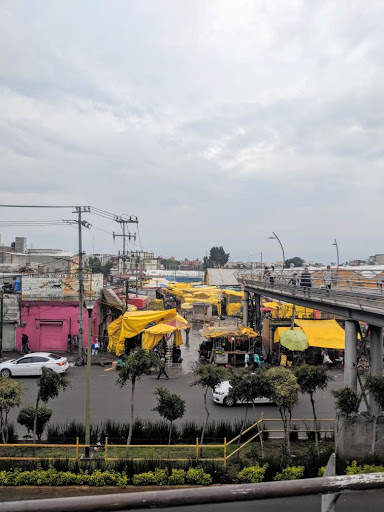
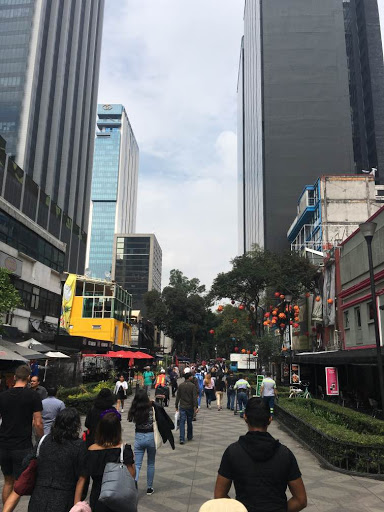
FV: OK, let’s talk a little about transit, our bread and butter. There are so many things I could say about the Mexico City Metro, but one of its most striking aspects is its excellent visual branding. A station with orange all over its walls, for example, is unmistakably on the Orange Line (Linea 7). What’s more, each station is branded by a graphical icon representing some current or historical element of the built environment at that location. These icons are everywhere—on the strip map inside the subway car, on the walls of the station, on a pillar at the street-level station entrance, and on bus maps with transfers to subway stations. Created by designer Lance Wyman, they were implemented at a time when adult literacy in Mexico was low.
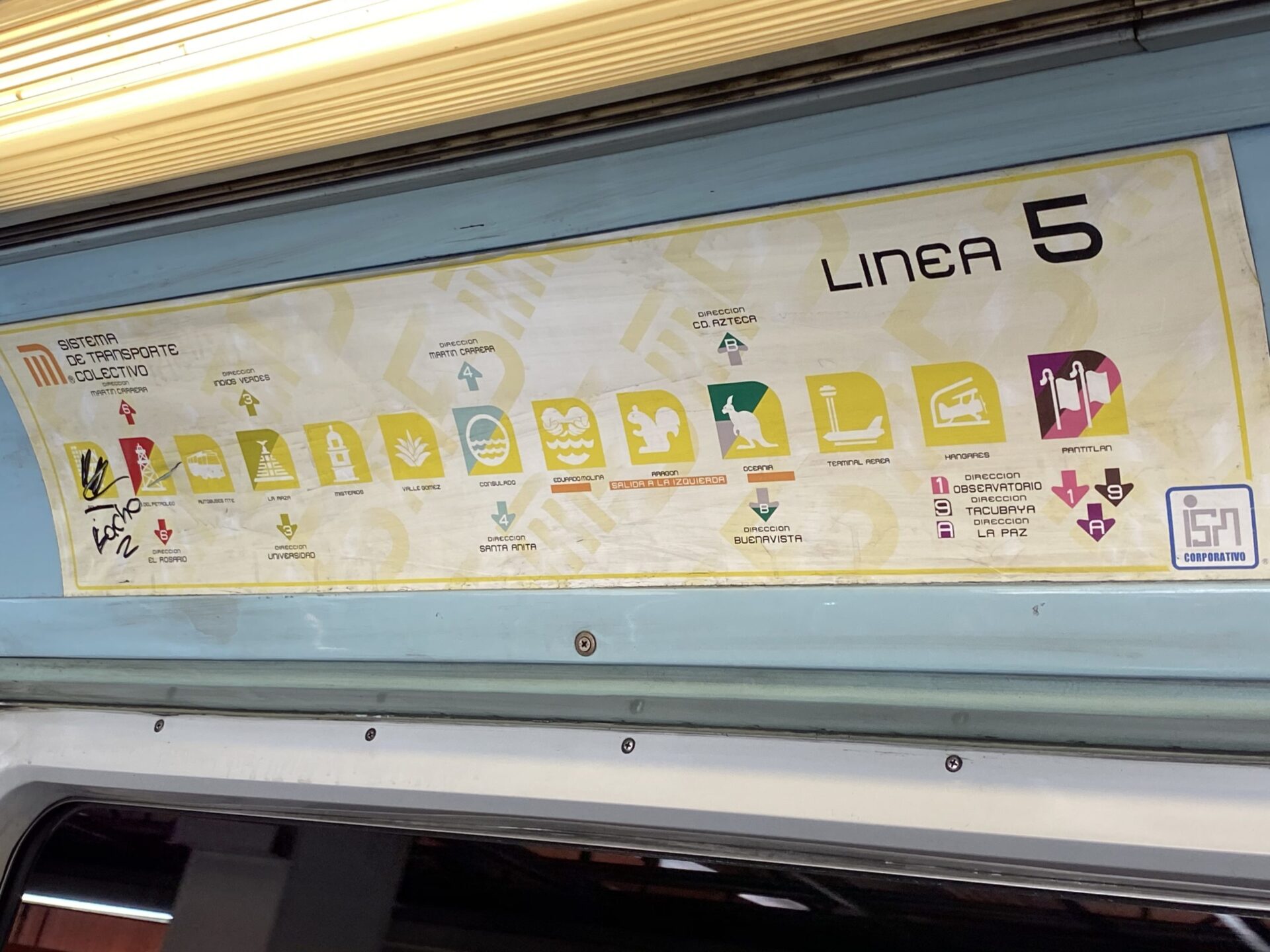
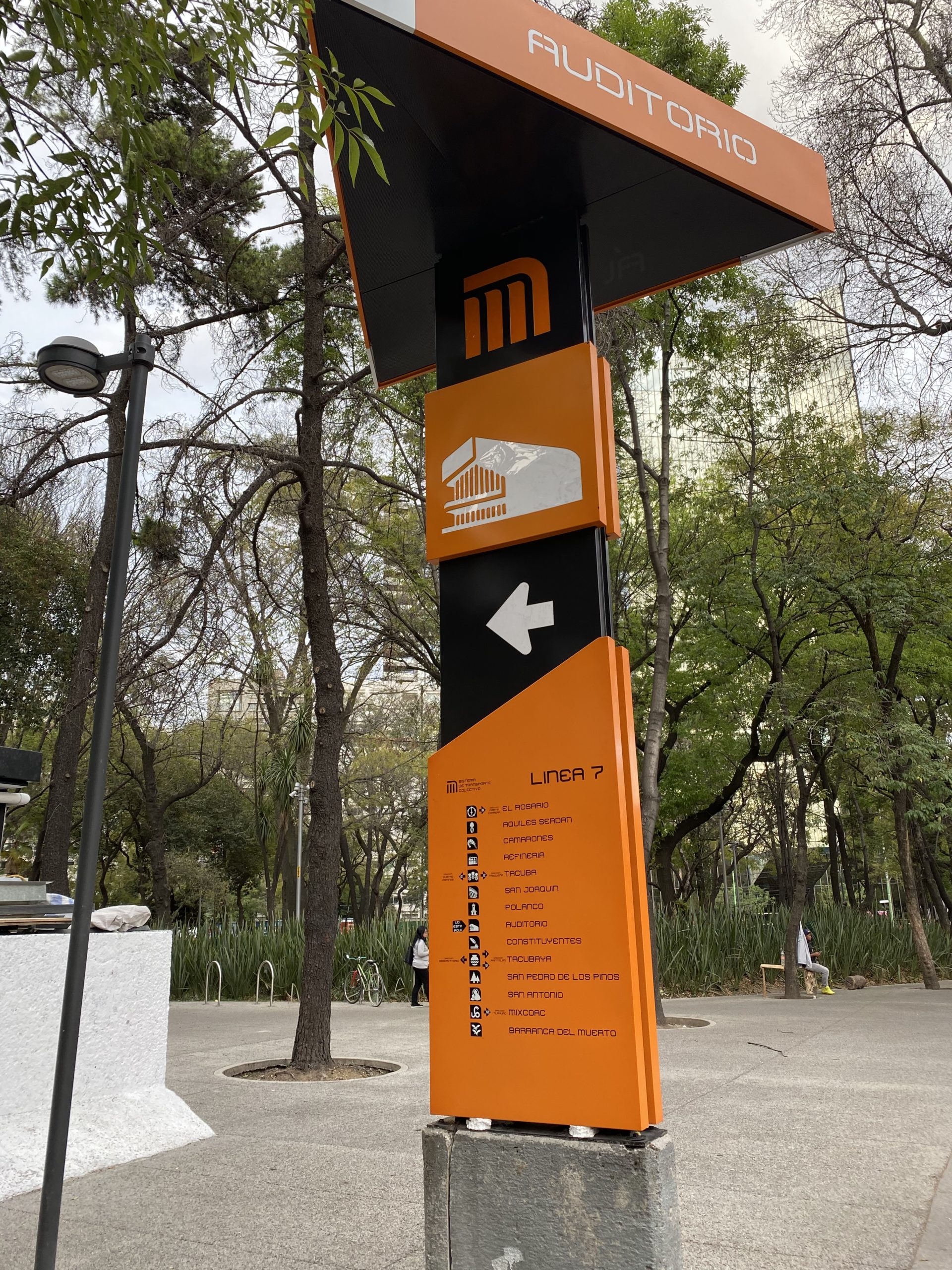
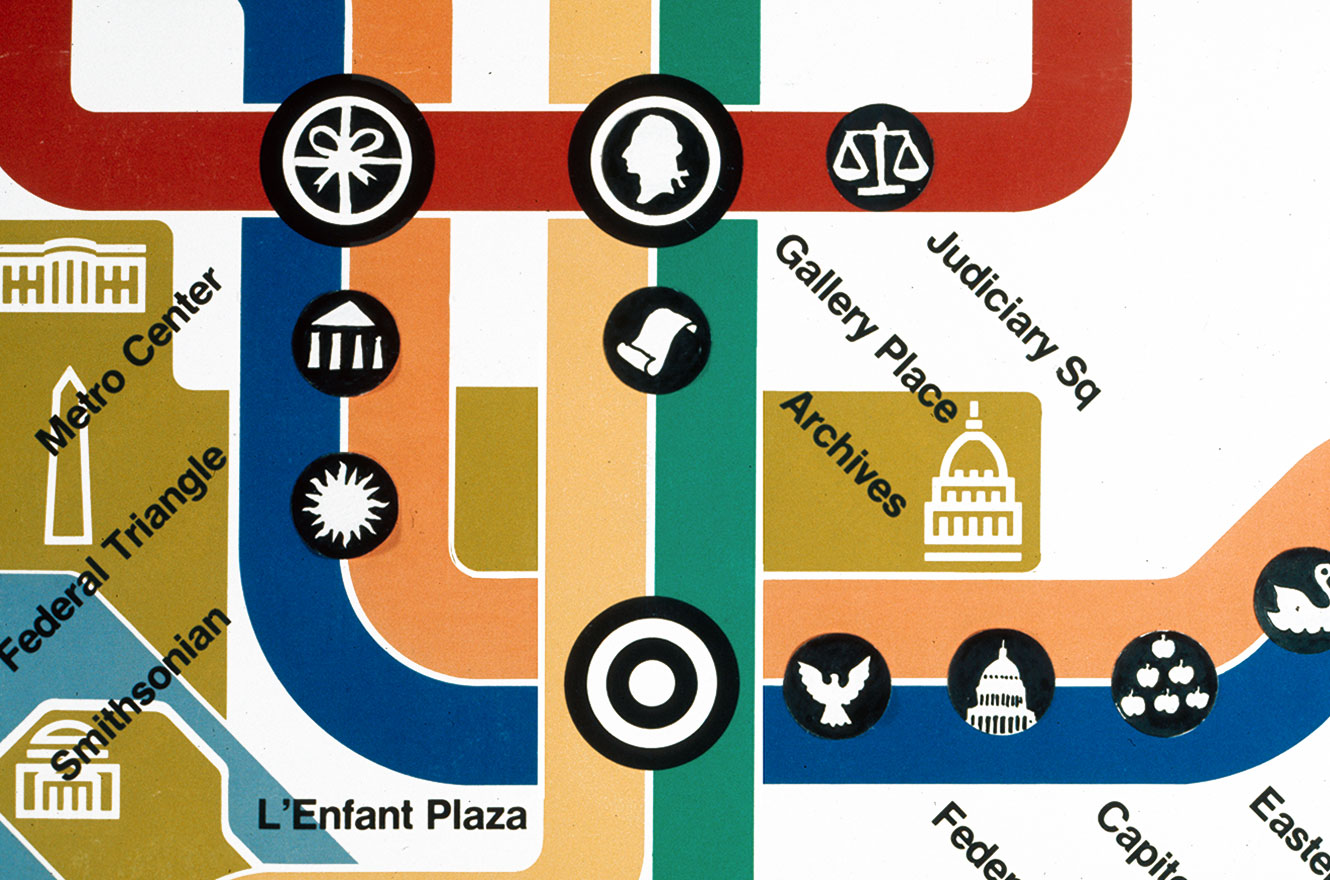
When I returned to the US, I was delighted to discover that Wyman is not only the man responsible for the design of the DC Metro map—but that he also designed icons for our Metro stations, which were abandoned when the map was considered legible enough without them!
JR: MetroBus is Mexico City’s bus rapid transit system. I only experienced one of the four BRT lines, which has 47 stations across 17 miles. You would not believe the excitement I felt the first day heading up to the elevated bus platform to see a real-time bus display say that the next buses were one, two, and four minutes away.
FV: I can absolutely believe it—I had the same joyous feeling! This is true BRT, where buses run in dedicated central lanes and you pay before boarding on an elevated platform—basically a subway but with buses. It’s light years ahead of what we in the US consider “high-frequency” service. And yet Mexican transit is so insanely cheap—25 cents (American) for the bus and 20 cents for the train.
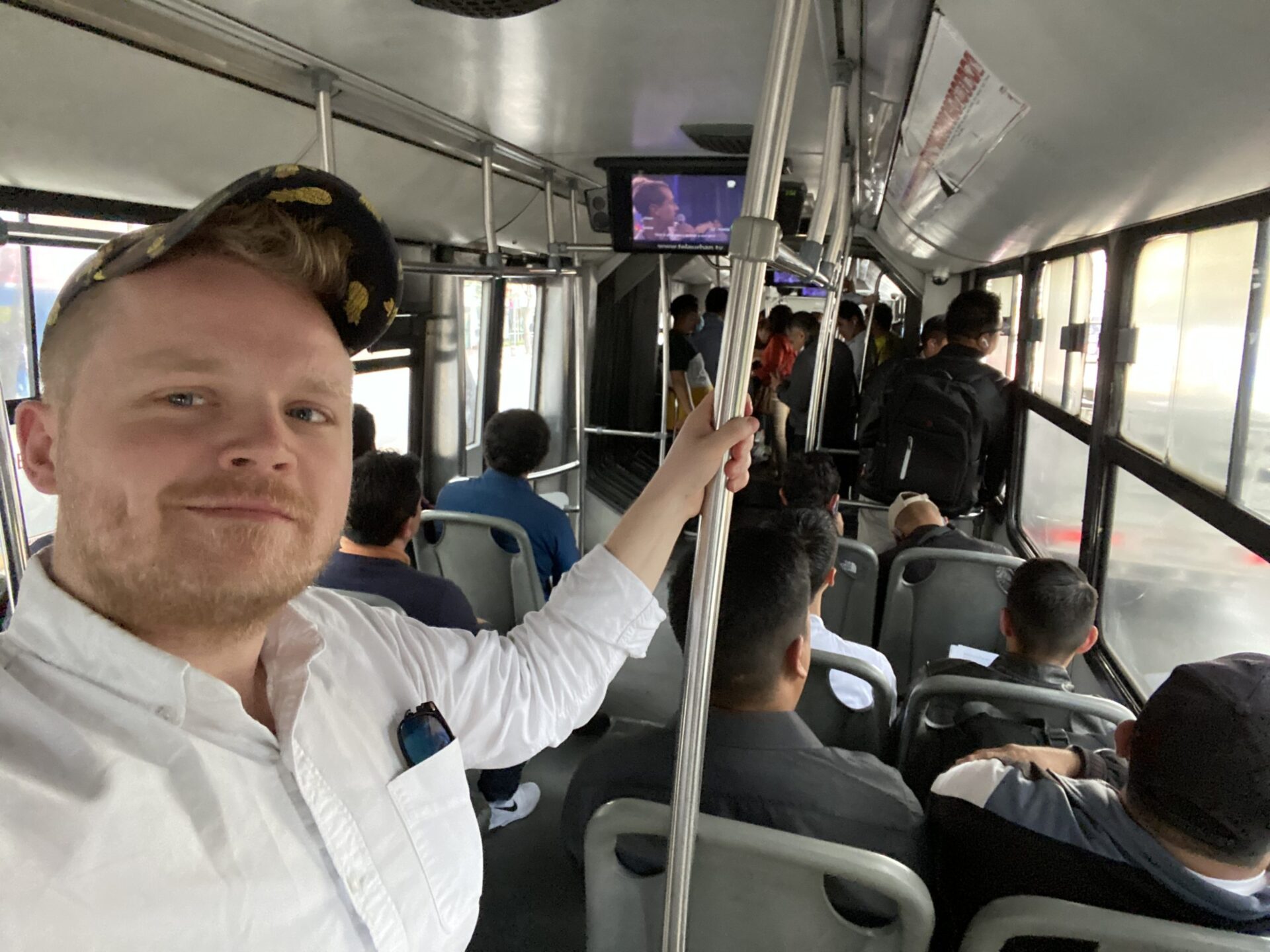
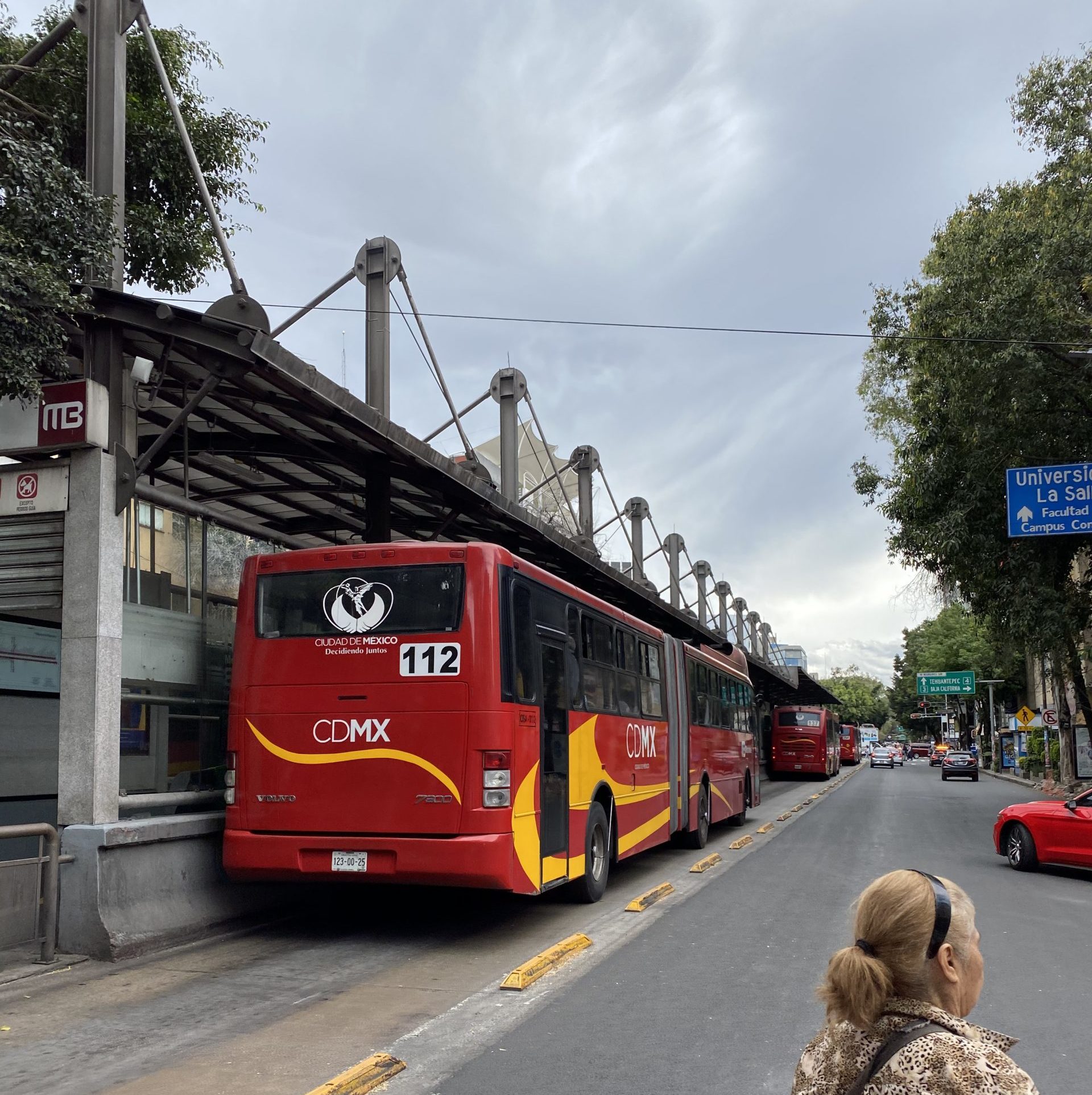
JR: I am a bit uncoordinated and not an avid biker so I hesitate to do bikeshare in new cities. However, Mexico City had such an abundance of not just bike lanes, but protected bike lanes, that I felt more willing to take bike share there than in any other US city.
FV: It felt like a real network of protected bike lanes, didn’t it? Not just one or two here and there. I biked from Polanco through Chapultepec and then down Avenida Reforma past the Angel of Independence in a protected lane or on a trail the entire time. That’s the heart of the city’s financial district—what a statement that those on two wheels have a home on even the city’s most important streets.
JR: I also was fascinated with the rentable mopeds that sat in designated street parking spots similar to scooter and bike share. The system is called Econduce and is currently only operating in a small part of the city right now.
FV: My impression is that the city has really embraced its role as a micromobility sandbox. I remember reading last year that nearly two-thirds of Lime Scooter trips in Mexico City begin or end at a public transit station. Given all we’ve just said about how great the infrastructure is, it was no surprise to me that emerging forms of mobility have been so successful here. I hope more cities will see that micromobility, transit, cycling, walking, and infrastructure for all four are not simply compatible but in fact make the others better.
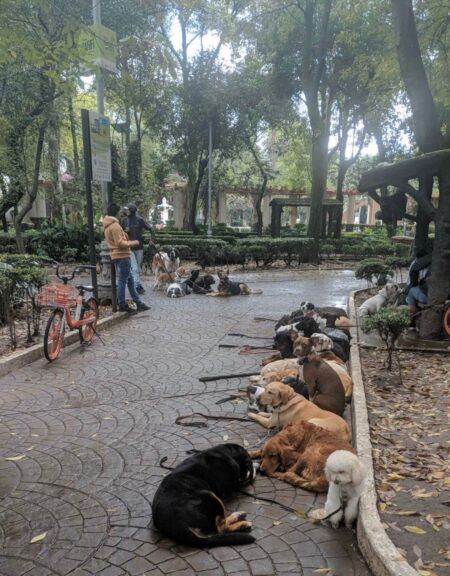
JR: Another unique part of Mexico City streets is the four-legged traffic. I am talking about dogs–I have never seen so many dogs in one city. I am unsure of the reason why dog companionship is so popular in Mexico City, but I have my suspicions it has something to do with the abundance of parks, walkable areas, courtyards, and beautiful weather. Dogs were on sidewalks at such high volumes that there was infrastructure specifically for them. I even briefly considered a career switch to CDMX dog-walker.
FV: That would have been awesome, but I’m glad you stuck with Foursquare ITP.
JR: Every Sunday, in one of the large parks in La Condesa, they bring out dogs and cats that are available for adoption. So many pens filled with wrestling puppies and excited kittens. While I was waiting for an available table at a restaurant, I walked through the park to experience adoption day and almost abandoned my spot on the brunch waitlist to spend the day there.
FV: Mexico City had been on my bucket list for a long time, and I’m so, so happy I visited—all of these urbanist elements keep me energized and hopeful that we can continue to make our transportation systems in the US even better.
JR: Same. I can’t wait to go back!